

Imperial College London has launched its new strategy to maximise the university's potential as a force for good in the world.
Imperial College London will maximise its potential as a global force for good through a series of bold new initiatives, President Hugh Brady announced as he launched the university’s new strategy, Science for Humanity.
“Since our founding in 1907, Imperial has sought to be not only a world-leading university, but a world-changing one." Professor Hugh Brady President of Imperial College London
Imperial’s ambitious strategy builds on the global top ten university’s research and education excellence; its science, technology, engineering, medicine and business (STEMB) focus; its culture of innovation and entrepreneurship and its London location. It will help Imperial chart a path through an unpredictable world that is facing unprecedented challenges and accelerate the impact of new discoveries and ideas.
The new strategy has a particular focus on building and harnessing multidisciplinary and interdisciplinary research at unprecedented scale to drive innovation, entrepreneurship, and inclusive economic growth.
- Read our new strategy in full here: imperial.ac.uk/strategy

The strategy includes three flagship initiatives:
- The launch of four cross-cutting Schools of Convergence Science that build on Imperial’s disciplinary strengths and interdisciplinary culture to create research communities in key areas including sustainability, human and artificial intelligence, health, and security sciences. These Schools will create interdisciplinary science at unprecedented scale with an unflinching focus on addressing global grand challenges.
- A new Imperial Extended Learning Institute which will help future-proof careers, businesses and communities by providing the advanced skills training and values-driven leadership needed to thrive in a tech-enabled world.
- Deepening our partnerships with government, industry, our NHS partners, the local community and other stakeholders to establish the Imperial WestTech Corridor – a unique ecosystem of innovation assets that will act as a powerful engine for investment, inclusive economic growth and job creation.
Launching the strategy, Imperial President Professor Hugh Brady said: “Since our founding in 1907, Imperial has sought to be not only a world-leading university, but a world-changing one. We are known for combining our tremendous strength in STEMB with a uniquely innovative and entrepreneurial culture to create real-world impact. Our unashamedly ambitious strategy for the coming decades is an actionable plan that unlocks more of the power of science to serve humanity. This is how we shape the future – for our students, our community, our planet and everyone who calls it home.”

The strategy also highlights:
- The Imperial Class of 2030 – an ambitious multi-pronged programme to nurture Imperial’s most talented, most enterprising, and most diverse graduating class, through new investments in our Imperial Inspires Scholarship Programme and development of our digital and virtual learning environment and our campuses.
- The creation of a new venture fund, Science Capital Imperial, to further energise our vibrant enterprise ecosystem and provide Imperial’s entrepreneurs with access to capital and proof-of-concept funding to realise the full potential of their businesses.
- The Imperial Future Leaders Campaign to invest in our community’s leadership development and skills. This includes a new Academy to support early-career staff as well as recruitment to support new or emerging areas.
- Imperial Global – a network of hubs, starting in Singapore, Ghana, India, and the USA, which will foster long-term collaborations with international partners and stakeholders to meet global challenges.
Underpinning these initiatives will be Sustainable Imperial – a university-wide commitment to play a leading role in the global fight against climate change, biodiversity loss, and pollution. Imperial aims to set a global benchmark for university sustainability through its activities and on its campuses, through nurturing graduates who advocate for climate science, and by supporting our researchers to respond to planetary challenges.

Imperial Provost Professor Ian Walmsley said: “We will continue to attract, nurture and support world-class talent from everywhere, inspiring their imagination with the possibilities that science offers, and driving new ideas into transformative impact. This is our great opportunity, and Imperial’s great strength.”
Introducing the four new Schools of Convergence Science, Professor Mary Ryan, Vice-Provost (Research and Enterprise), said: “This is convergence science of unprecedented scale for unprecedented 21st century challenges. These four new schools will enable breakthroughs by deep integration of disciplinary knowledge, expertise, and methods – imagining and creating the kind of world that future global citizens need: sustainable, intelligent, secure, healthy.”
Launch events
The strategy was launched to our community during an event for staff and students in a packed Great Hall at Imperial’s South Kensington Campus. In the evening, celebrations continued at the Science Museum, as industry leaders, policy makers, politicians, academic leaders, donors, and Imperial alumni joined together to mark the launch of the Science for Humanity Strategy.
Attendees at the evening event explored the Energy Hall exhibits, including the 1903 Harle Syke Mill engine in operation for the evening, before moving to the Making the Modern World gallery for a special screening of a video about the strategy and speeches from Imperial leadership.
Throughout the night guests had the chance to speak to Imperial academic staff about their research, and its impact on the world now, and in the future.
More information on the new strategy can be found here: https://www.imperial.ac.uk/strategy
Image credits: Thomas Angus and Brendan Foster.
Article text (excluding photos or graphics) © Imperial College London.
Photos and graphics subject to third party copyright used with permission or © Imperial College London.

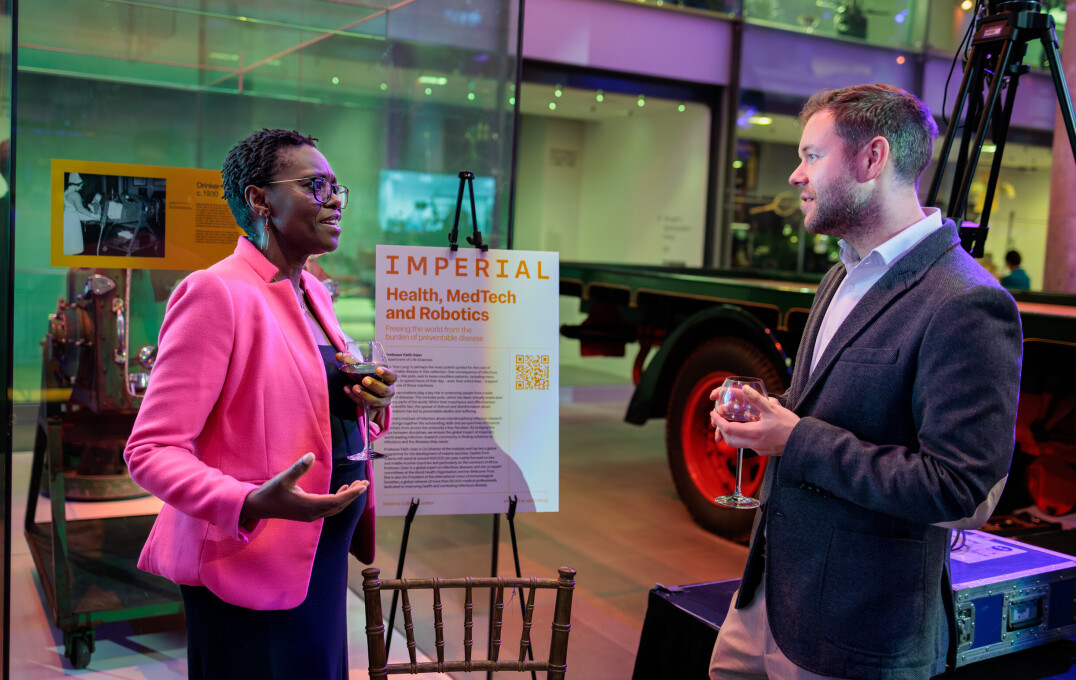
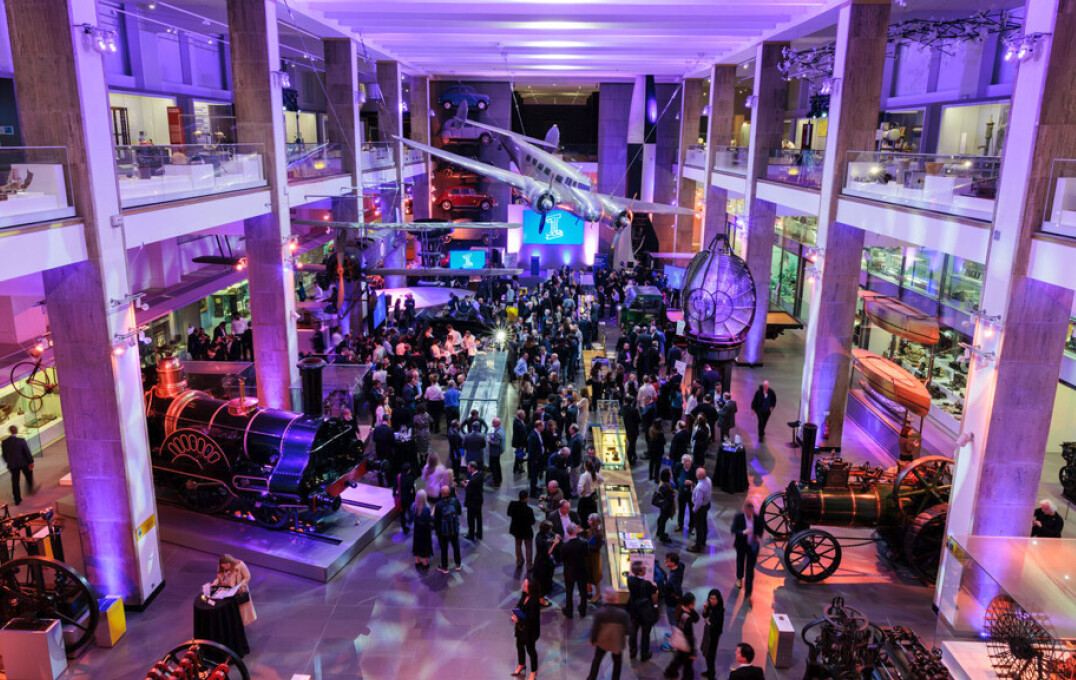
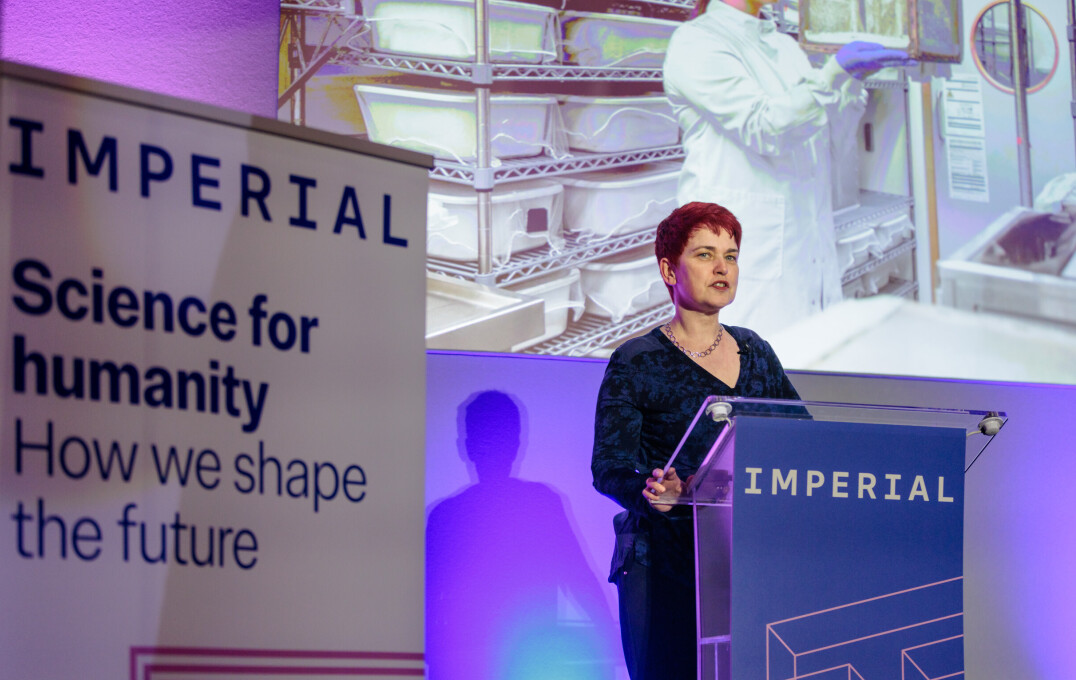
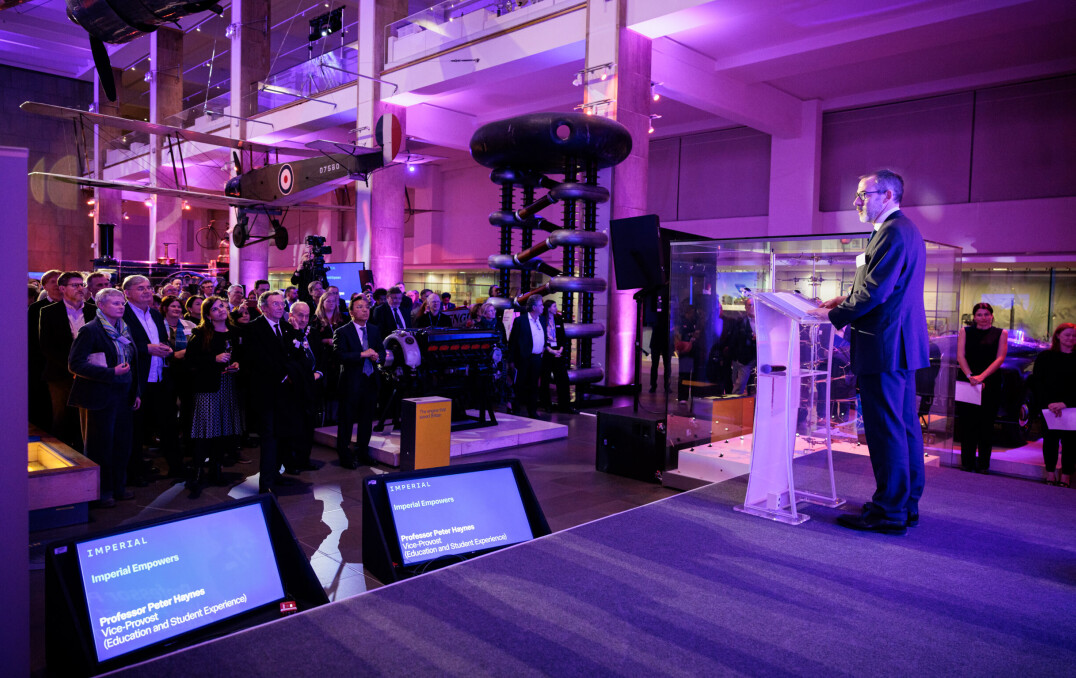
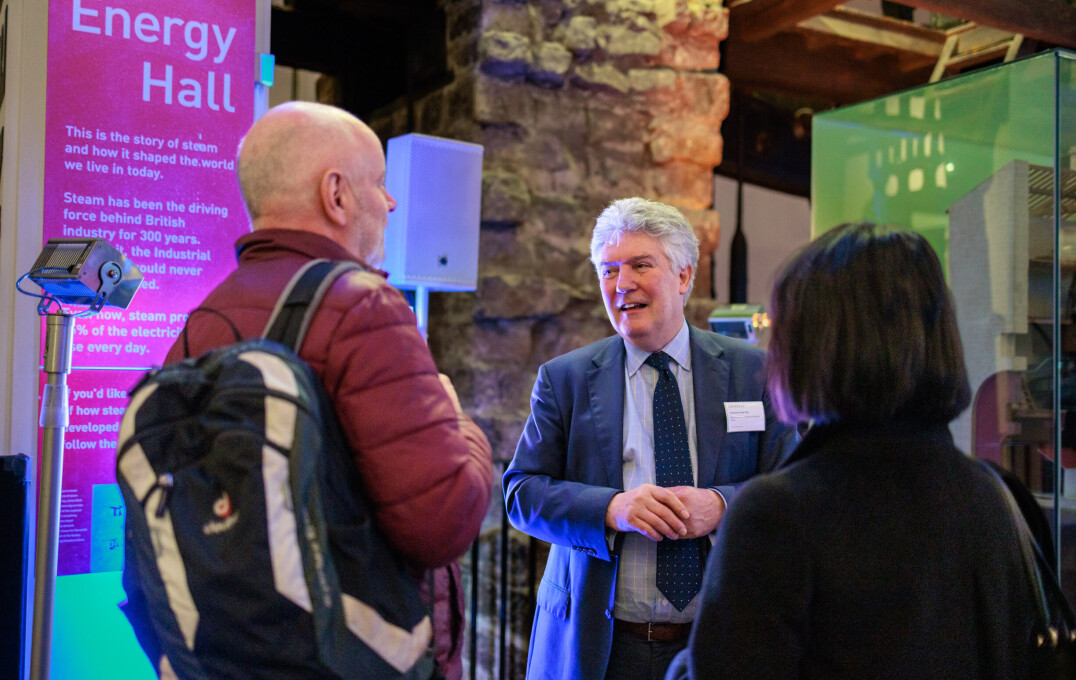
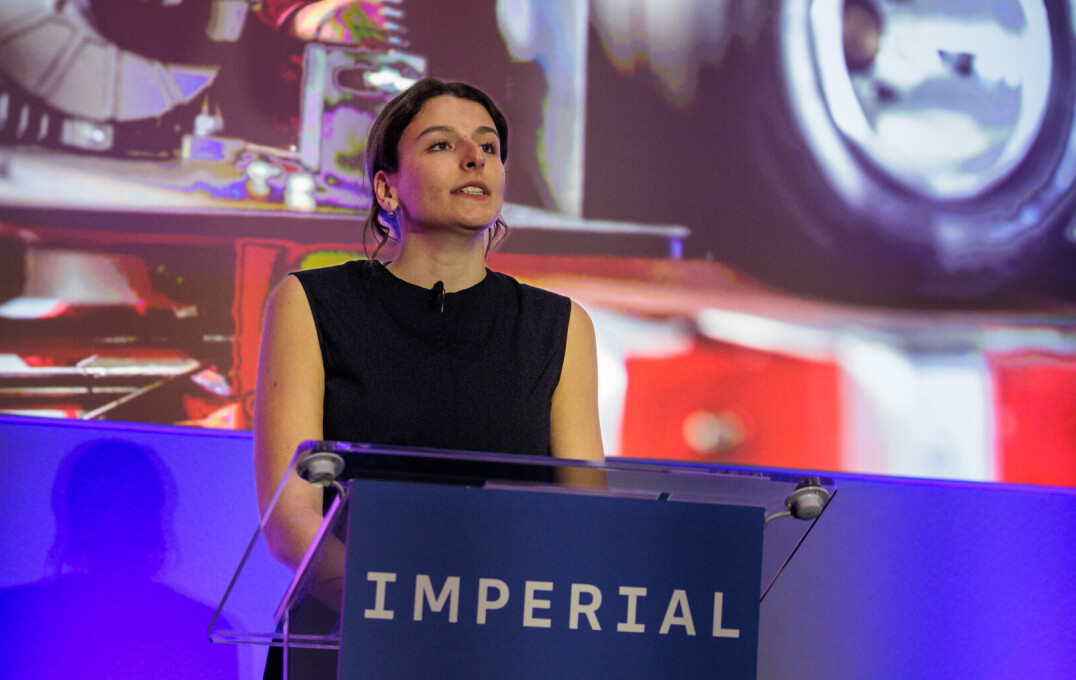





Leave a comment
Your comment may be published, displaying your name as you provide it, unless you request otherwise. Your contact details will never be published.